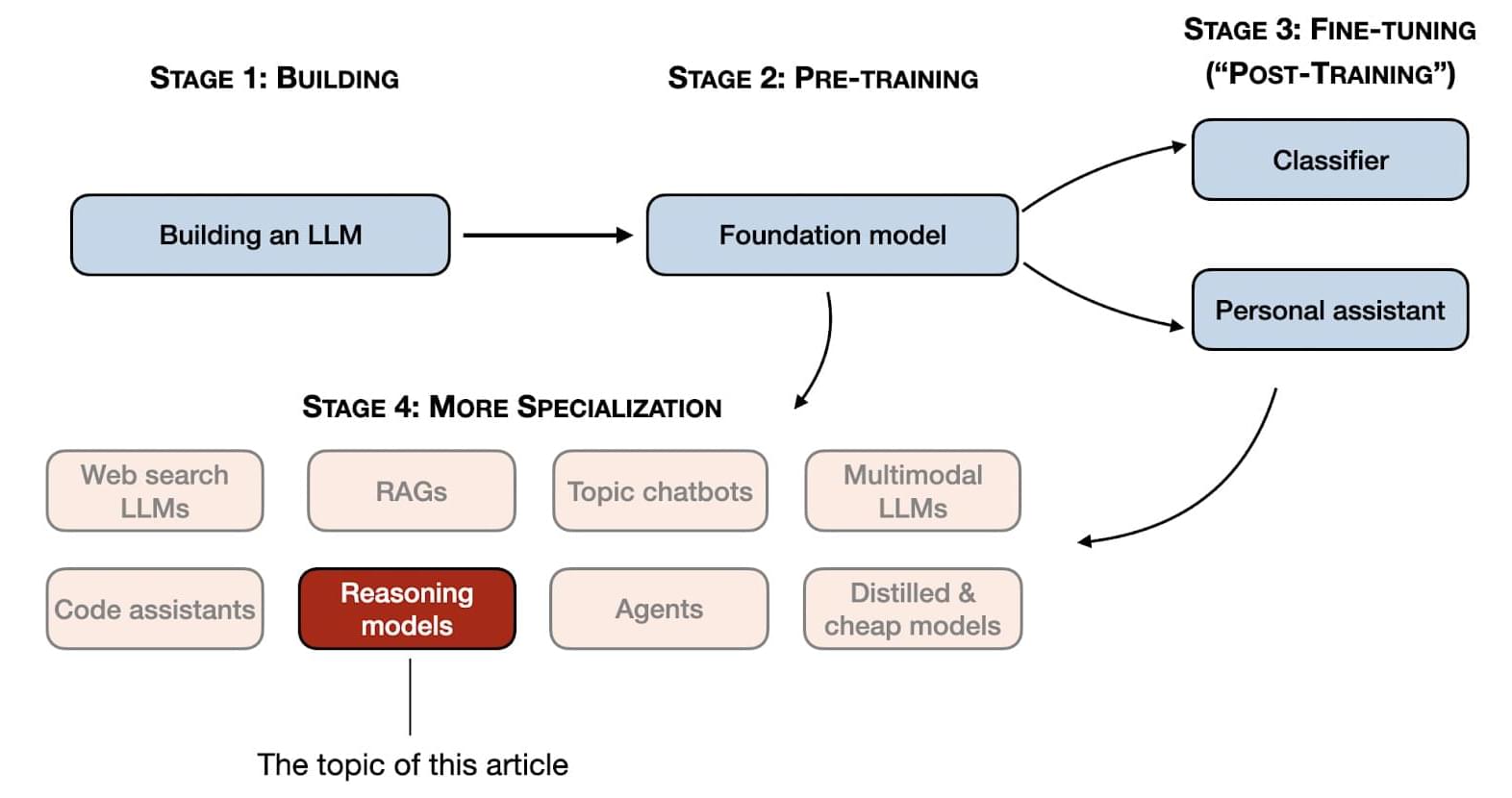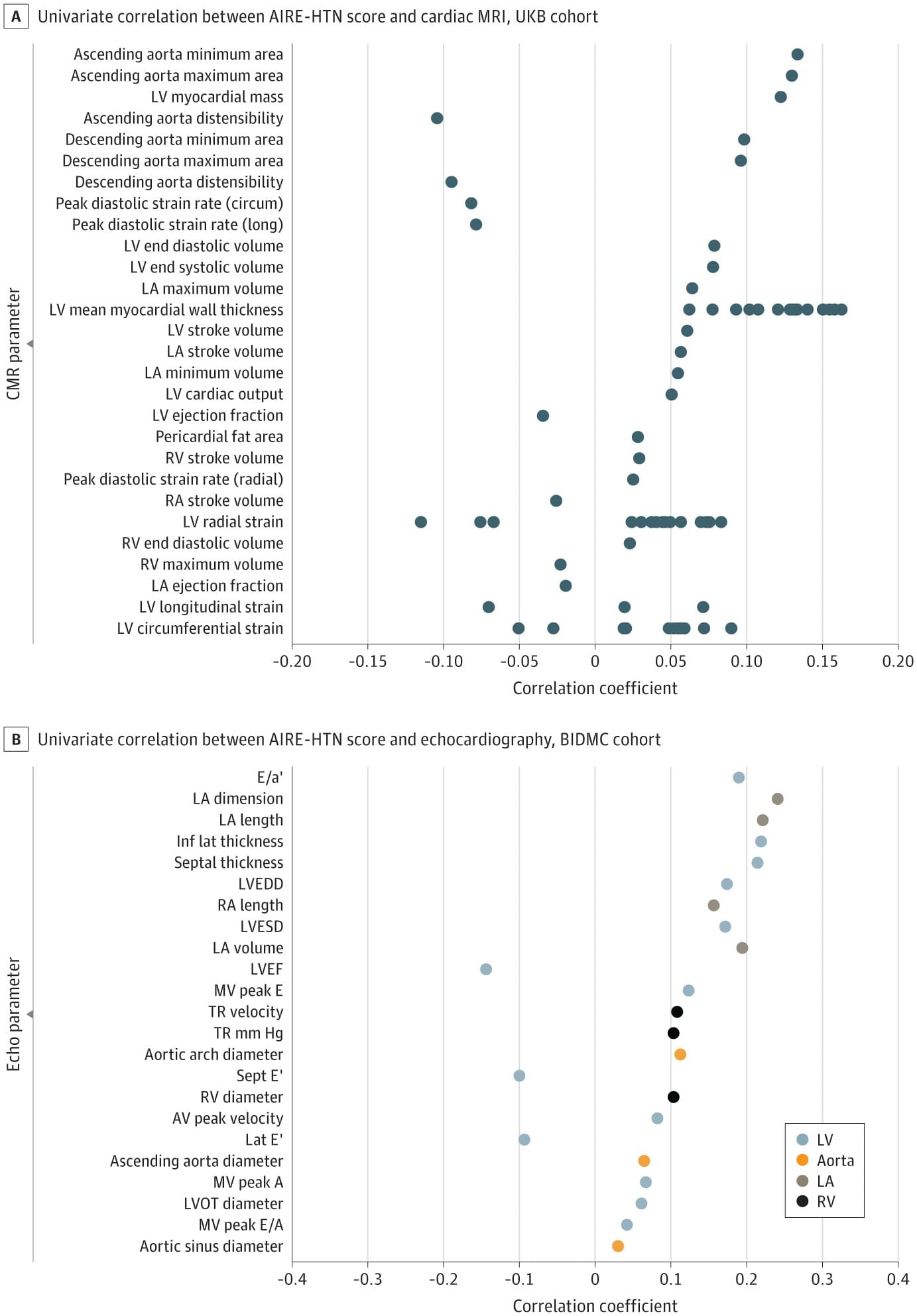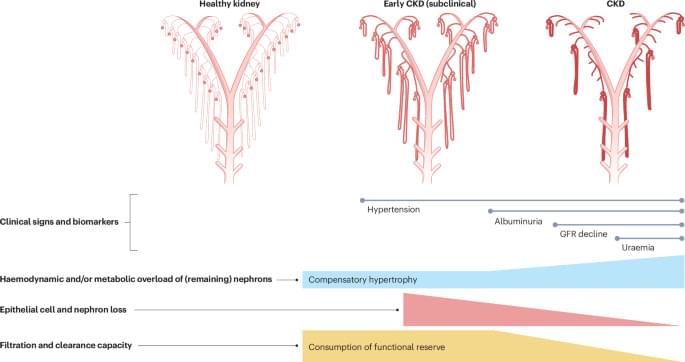The enzyme PKMzeta is crucial for the maintenance of long-term memories, but a closely related enzyme provides a back-up should PKMzeta fail, thus explaining the controversy over why deleting the gene for PKMzeta may not appear to impair memory.



GitHub has announced a slew of updates for Copilot, while also giving a glimpse into a more agentic future for its AI-powered pair programmer.
Among the notable updates includes a feature called Vision for Copilot, which allows users to attach a screenshot, photo, or diagram to a chat, with Copilot generating the interface, code, and alt text to bring it to life.
So for example, someone on a marketing team could take a screenshot of a web page and illustrate some changes they want made to that page. Rather than requesting such changes via text prompts, it’s now possible to upload an image and just ask Copilot to implement the changes as indicated in the file.

A Canadian startup called Xanadu has built a new quantum computer it says can be easily scaled up to achieve the computational power needed to tackle scientific challenges ranging from drug discovery to more energy-efficient machine learning.
Aurora is a “photonic” quantum computer, which means it crunches numbers using photonic qubits—information encoded in light. In practice, this means combining and recombining laser beams on multiple chips using lenses, fibers, and other optics according to an algorithm. Xanadu’s computer is designed in such a way that the answer to an algorithm it executes corresponds to the final number of photons in each laser beam. This approach differs from one used by Google and IBM, which involves encoding information in properties of superconducting circuits.

Japanese researchers have crafted a revolutionary device that can record and playback your dreams for you to watch. Yes, you read that right! Imagine being able to watch your dreams if they were movies… This machine enables you to do something similar. This incredible technology employs advancements in brain imaging and artificial intelligence (AI), reinforcing one to delve into the mysterious realms of dreams in exceptional ways.


Question Can an electrocardiography (ECG)–based artificial intelligence risk estimator for hypertension (AIRE-HTN) predict incident hypertension and stratify risk for incident hypertension-associated adverse events?
Findings In this prognostic study including an ECG algorithm trained on 189 539 patients at Beth Israel Deaconess Medical Center and externally validated on 65 610 patients from UK Biobank, AIRE-HTN predicted incident hypertension and stratified risk for cardiovascular death, heart failure, myocardial infarction, ischemic stroke, and chronic kidney disease.
Meaning Results suggest that AIRE-HTN can predict the development of hypertension and may identify at-risk patients for enhanced surveillance.

Is the progressive and irreversible loss of kidney function. In this Primer, Romagnani et al. describe the epidemiology and pathophysiology of this disease, and summarize its diagnosis and management, explaining how understanding and treating all modifiable risk factors can slow the progression of chronic kidney disease and prevent or attenuate its consequences.

Geologically, Mars is very reminiscent of the moon. But it also looks a lot like the Earth. It all depends on who you ask.
Current understanding of Mars’ evolution is based on spacecraft measurements and meteorite analysis. Those meteorites were ejected from Mars and traversed space before landing on Earth, where they were discovered primarily in African deserts and Antarctica. They come in two categories: shergottites and nakhlites. Each paints a distinctly different picture of Mars’ geologic history.
In a study published in the Proceedings of the National Academy of Sciences, LLNL researchers argue that samples retrieved from known locations on Mars by sample return missions could solve this conundrum.


Physical fitness is typically associated with health benefits, and we generally consider exercise good. Many studies have shown that this relates to cancer, where exercise and maintaining a healthy weight can reduce the risk of developing cancer. Studies have shown that obesity raises the risk of mortality in cancer patients.
Data recently published in the British Journal of Sports Medicine suggests that staying fit could reduce the risk of dying from cancer. The study looked at two different readouts for fitness: muscle strength and cardiorespiratory fitness (CRF).
The researchers undertook a comprehensive review and meta-analysis by examining peer-reviewed studies published before August 2023. The analysis included 42 studies encompassing over 46,000 patients.